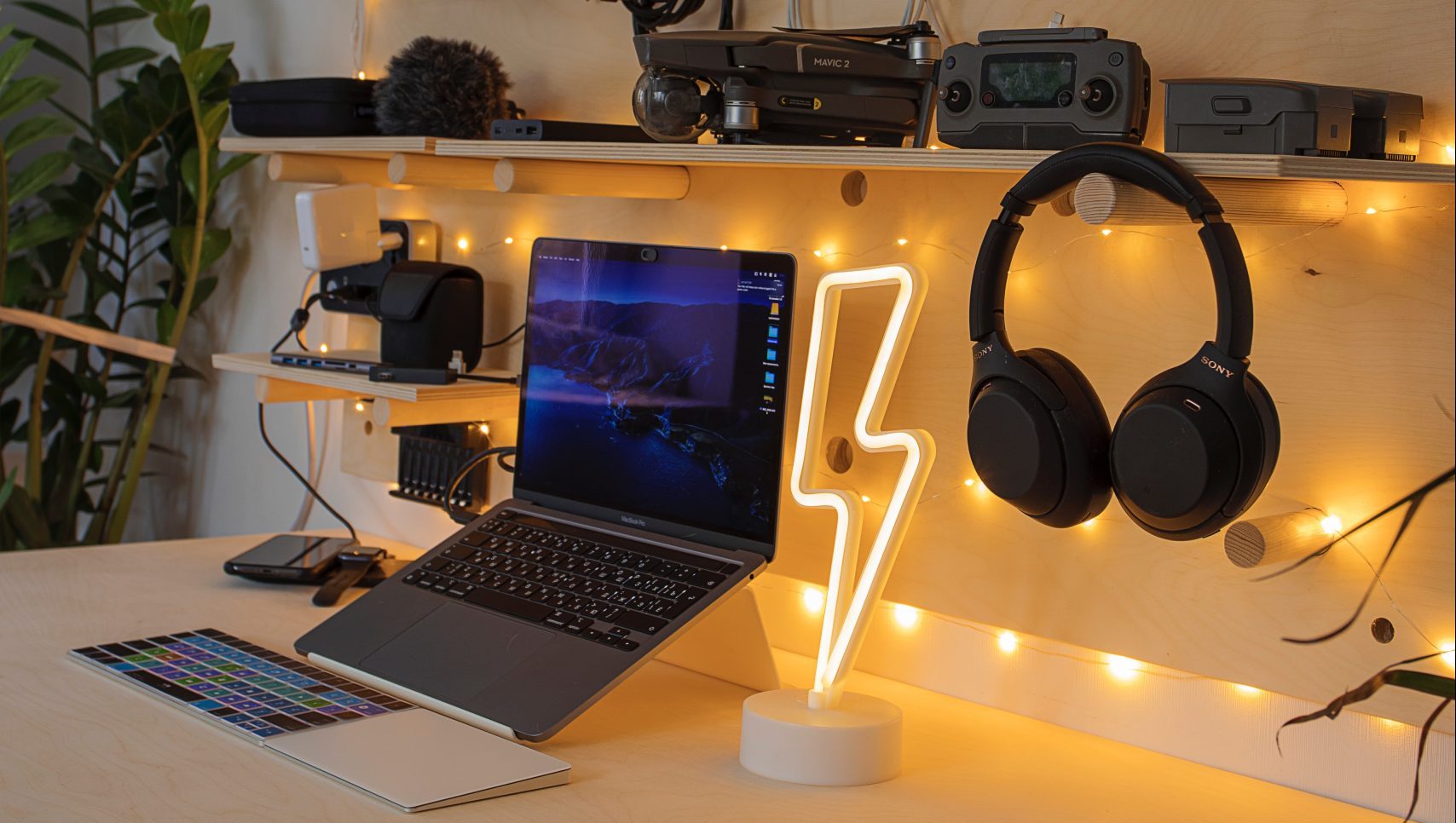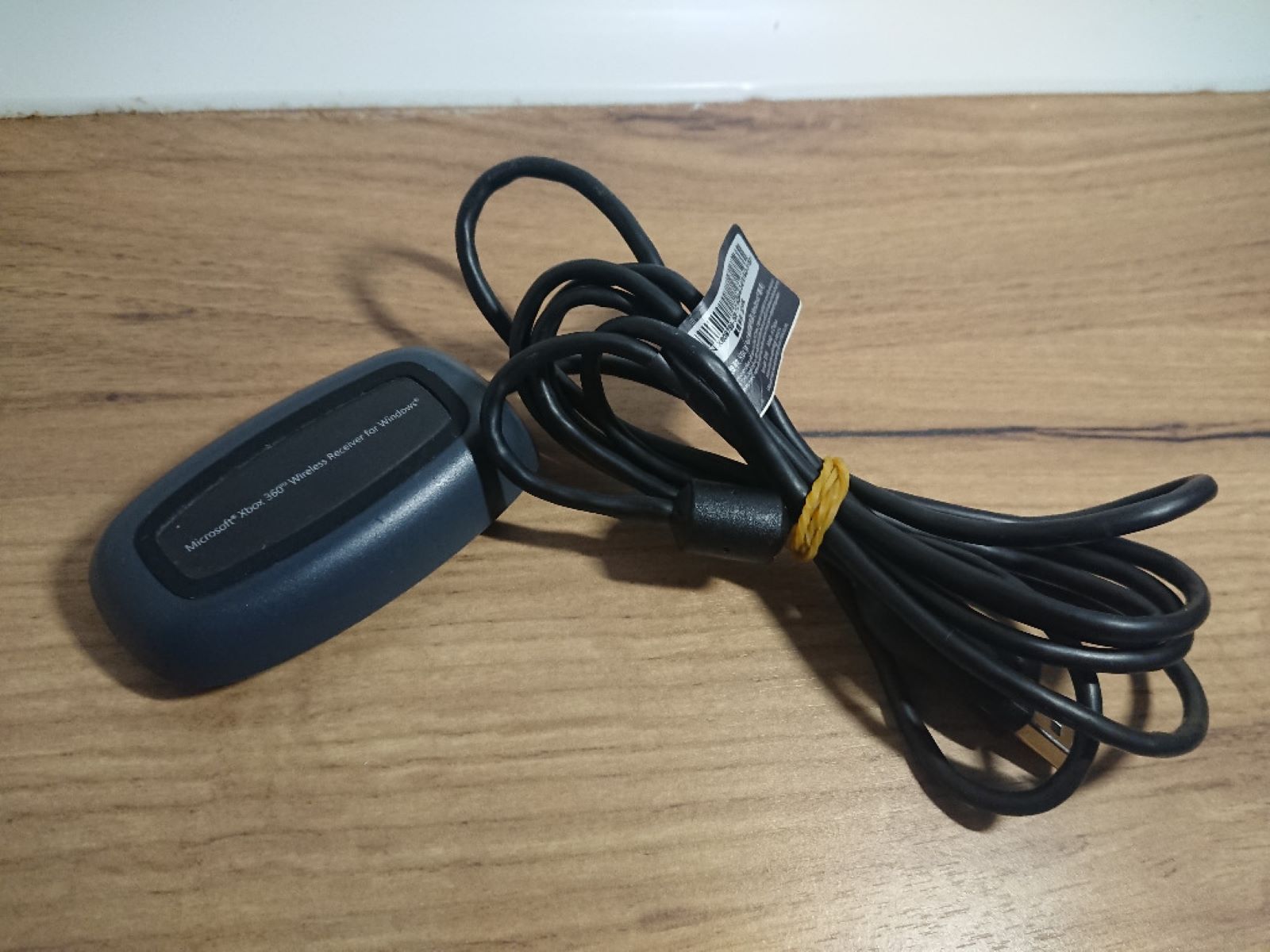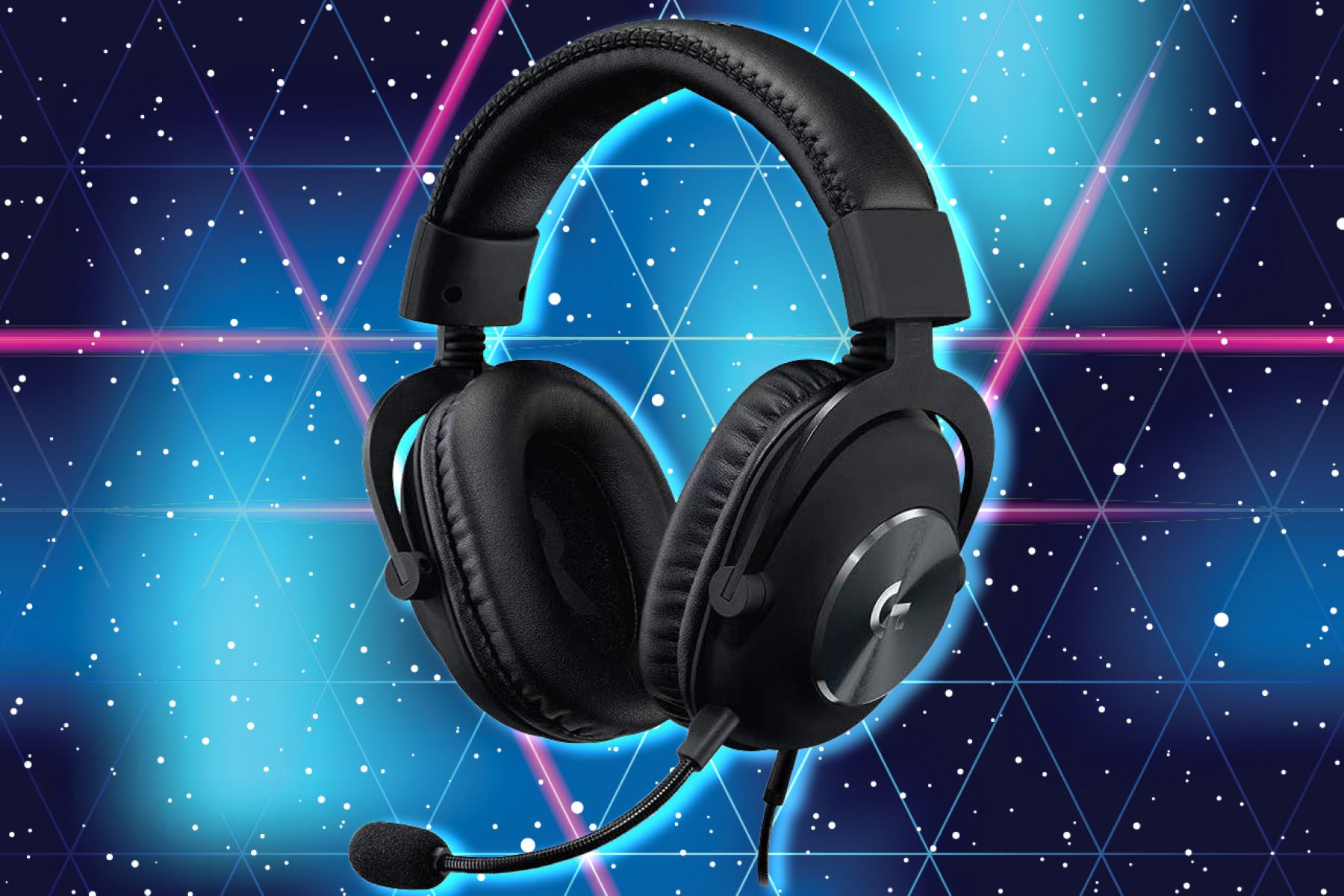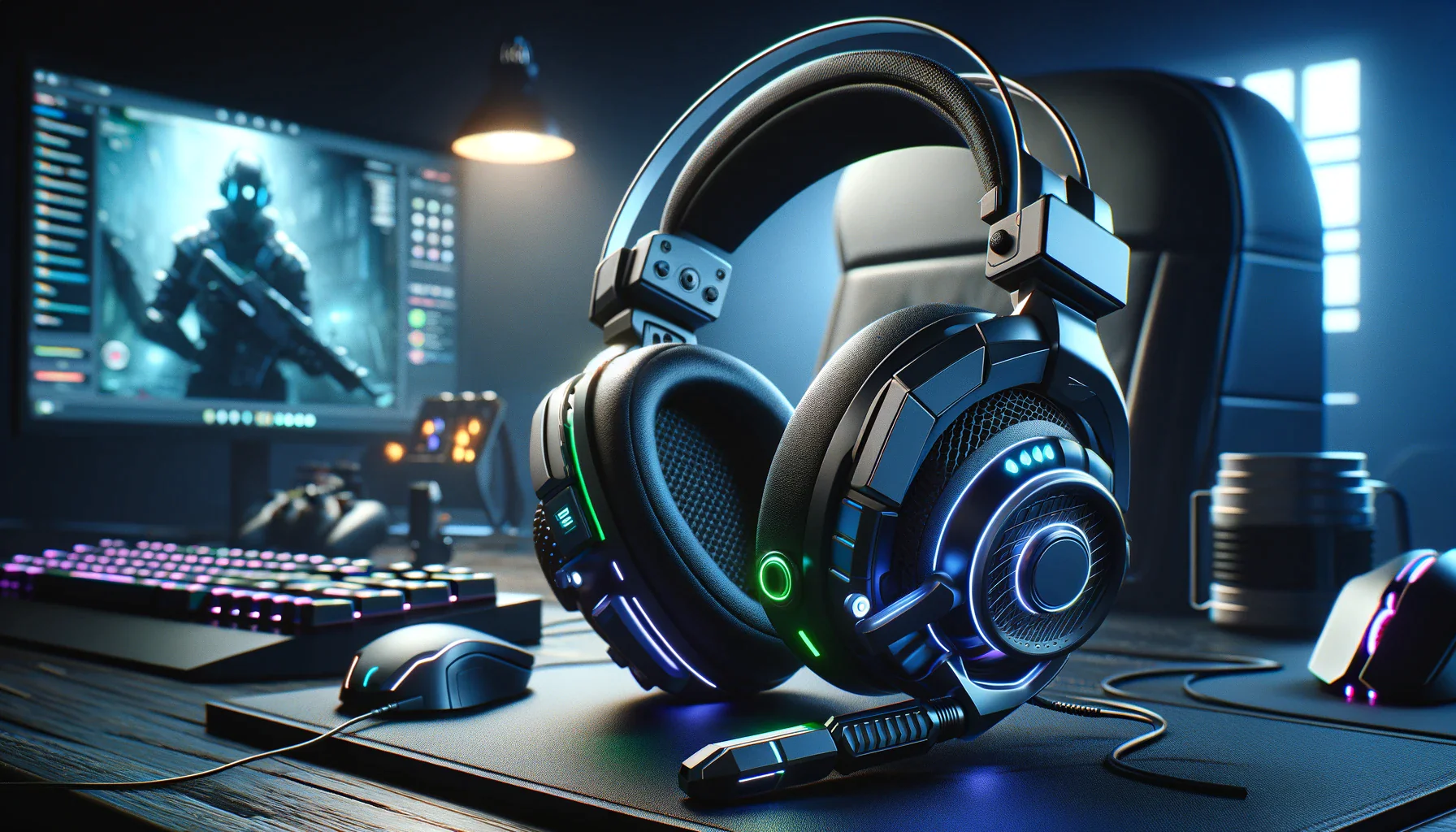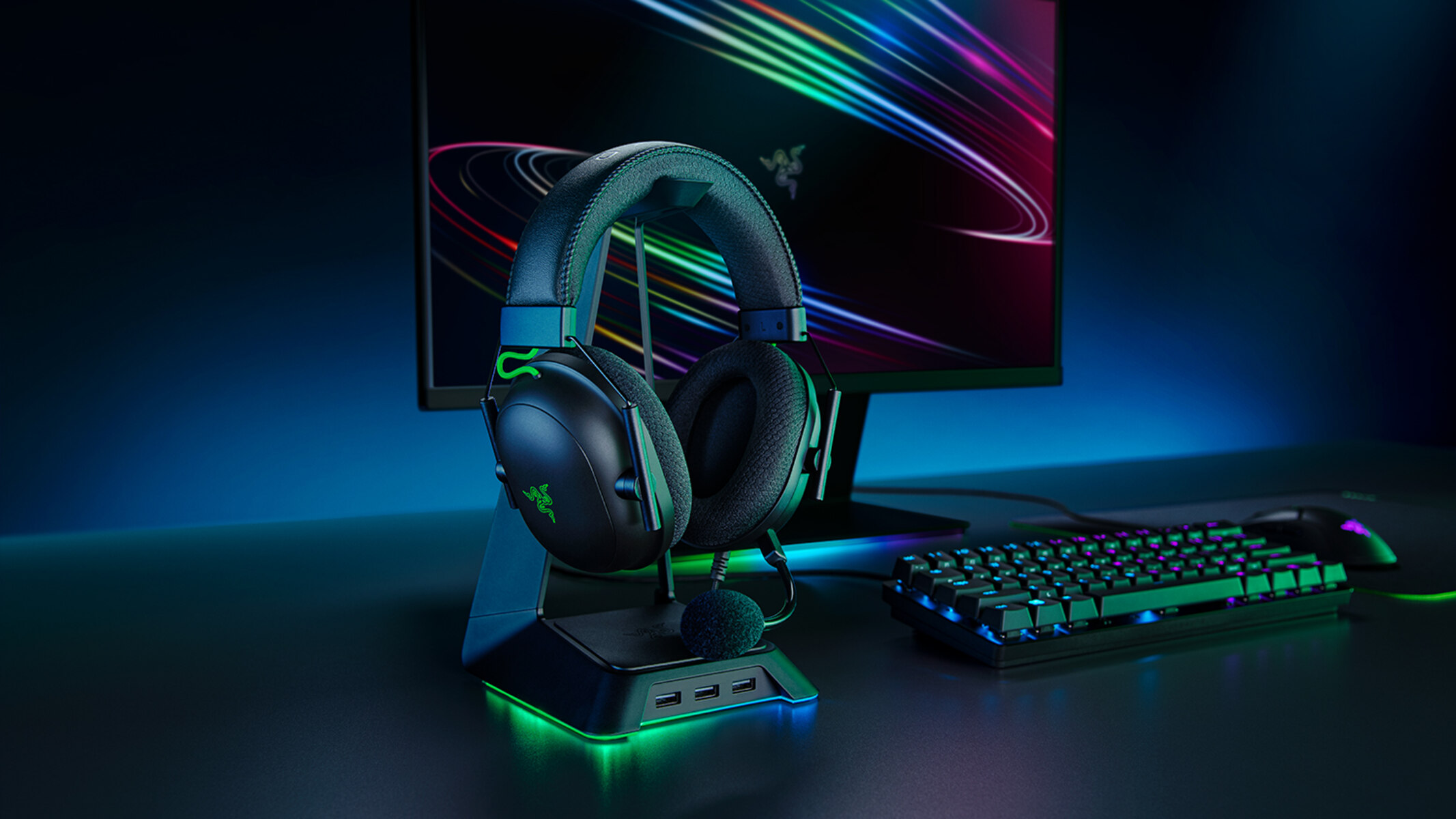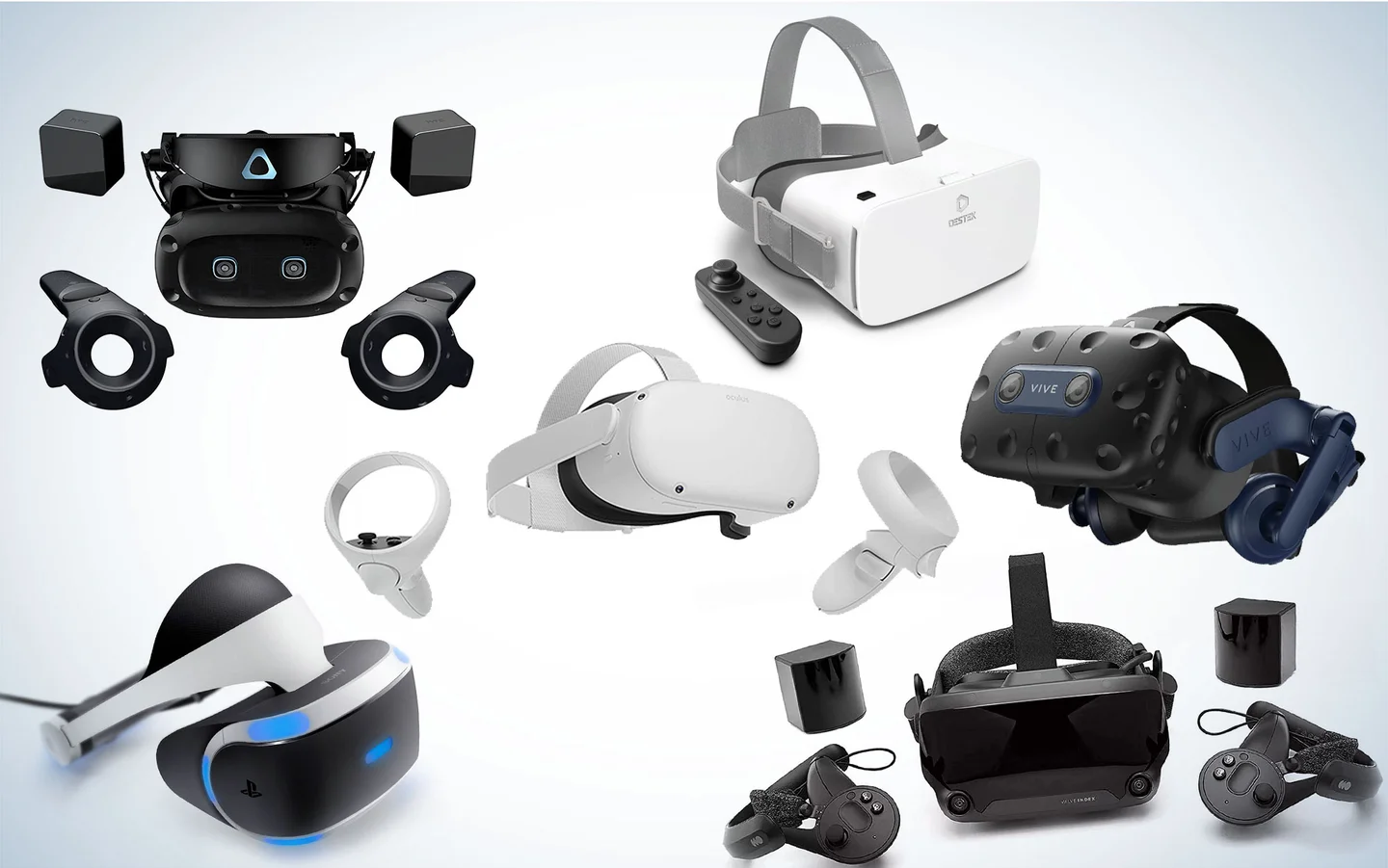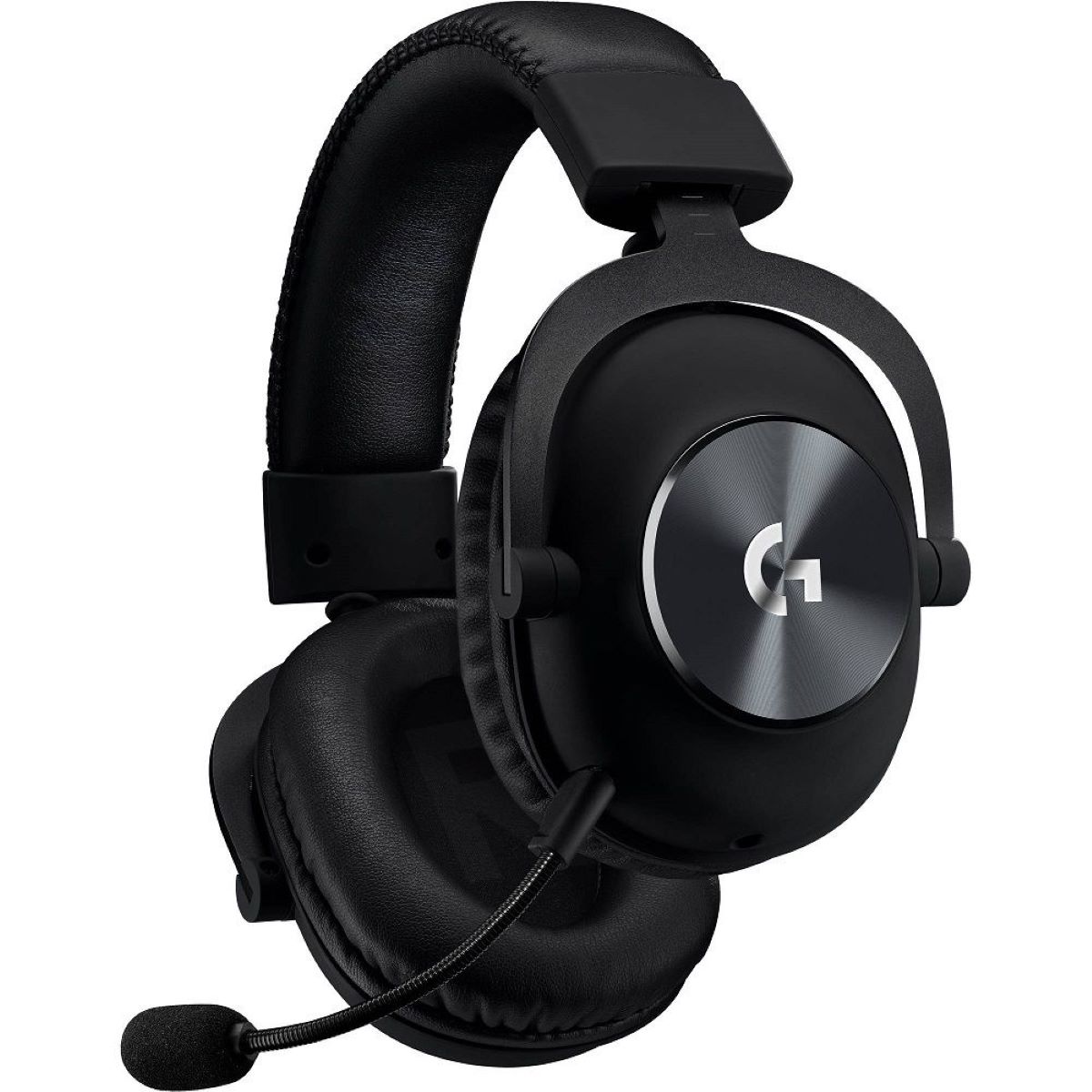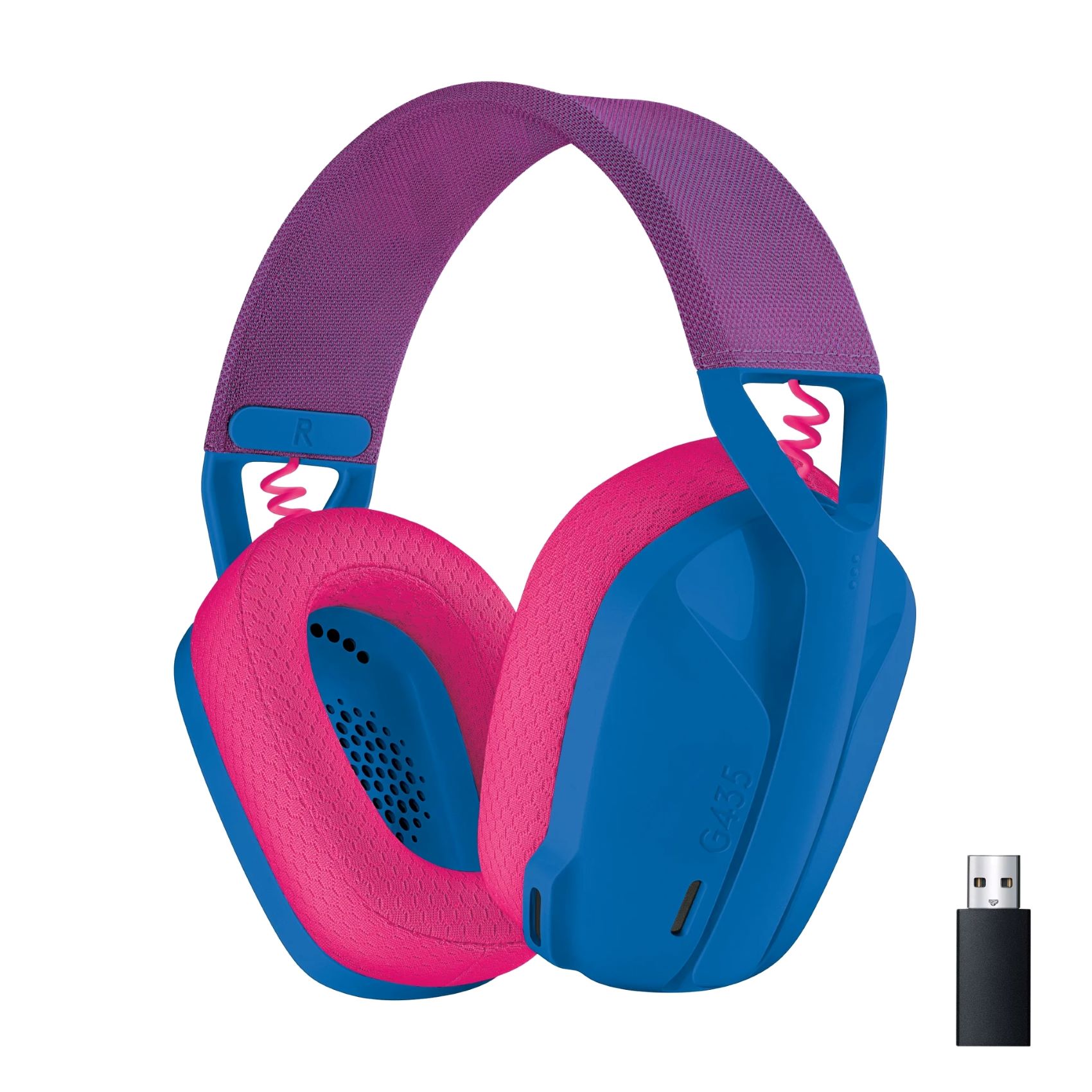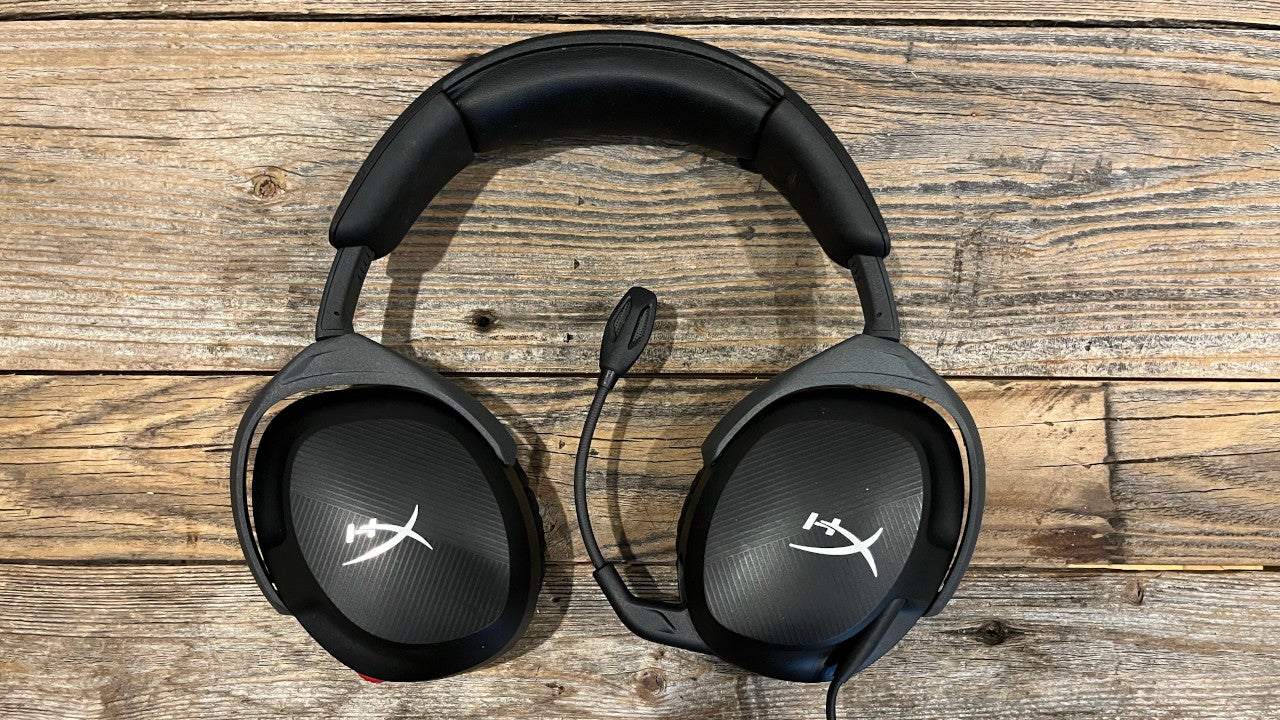Introduction
In today's fast-paced world, technology has revolutionized the way we communicate, work, and entertain ourselves. One of the most significant advancements in this digital age is the widespread adoption of wireless technology. From smartphones to laptops, the convenience of going wireless has become a standard expectation for many consumers. This shift towards wireless connectivity has also extended to audio devices, particularly headsets.
Wireless headsets offer unparalleled freedom and flexibility, allowing users to move around without being tethered to their devices. Whether you're working from home, gaming, or simply enjoying your favorite music, the ability to connect your headset to your PC wirelessly has become a sought-after feature. This seamless connection not only eliminates the hassle of tangled cords but also enhances the overall user experience.
As the demand for wireless headsets continues to soar, understanding how to connect these devices to your PC via Bluetooth has become increasingly important. Whether you're a seasoned tech enthusiast or a casual user, navigating the intricacies of Bluetooth technology can sometimes be daunting. However, with the right guidance and a clear understanding of the pairing process, you can unlock the full potential of your wireless headset and seamlessly integrate it into your daily routine.
In this comprehensive guide, we will delve into the intricacies of Bluetooth technology, explore the step-by-step process of pairing your headset with your PC, and address common connection issues that may arise. By the end of this article, you will be equipped with the knowledge and troubleshooting skills needed to establish a stable and reliable wireless connection between your headset and PC. Let's embark on this wireless journey and unlock the true potential of wireless freedom.
Understanding Bluetooth Technology
Bluetooth technology has become synonymous with wireless connectivity, offering a versatile and efficient means of linking various devices without the constraints of physical cables. Understanding the fundamentals of Bluetooth is essential for seamlessly connecting your headset to your PC and harnessing the benefits of wireless freedom.
How Bluetooth Works
At its core, Bluetooth technology enables short-range communication between devices using radio waves. This wireless communication standard facilitates the exchange of data and audio signals, making it an ideal solution for connecting peripherals such as headsets, keyboards, and speakers to PCs and other compatible devices.
Bluetooth operates within the 2.4 to 2.485 GHz frequency band, utilizing a technique known as frequency-hopping spread spectrum (FHSS) to mitigate interference from other wireless devices operating in the same frequency range. This adaptive frequency-hopping mechanism allows Bluetooth-enabled devices to dynamically switch between 79 designated channels, minimizing the impact of external interference and enhancing signal reliability.
Bluetooth Versions and Profiles
As Bluetooth technology has evolved, several iterations, or versions, have been introduced, each bringing enhanced features and improved performance. Common versions include Bluetooth 4.0, 4.2, and 5.0, with each iteration delivering advancements in data transfer speeds, range, and energy efficiency.
Furthermore, Bluetooth profiles define the specific functionalities and capabilities of connected devices. For headsets, the Hands-Free Profile (HFP) and Advanced Audio Distribution Profile (A2DP) are commonly utilized. The HFP enables features such as call control and microphone input, while the A2DP profile is tailored for high-quality audio streaming, ensuring a rich and immersive listening experience.
Pairing Mechanism
Pairing a Bluetooth headset with a PC involves establishing a secure and encrypted connection between the two devices. During the pairing process, the headset and PC exchange authentication keys, ensuring that only authorized devices can communicate with each other. This secure pairing mechanism safeguards against unauthorized access and protects the privacy of the transmitted data.
By comprehending the underlying principles of Bluetooth technology, including its operational mechanisms, version disparities, and pairing protocols, you can navigate the process of connecting your headset to your PC with confidence and precision. This foundational understanding sets the stage for a seamless and reliable wireless connection, empowering you to embrace the freedom of wireless audio integration within your digital ecosystem.
Pairing Your Headset with Your PC
Pairing your wireless headset with your PC via Bluetooth is a straightforward yet crucial process that enables seamless audio transmission and enhances your overall computing experience. By following these step-by-step instructions, you can establish a stable and secure connection between your headset and PC, unlocking the convenience of wireless audio integration.
Step 1: Enable Bluetooth on Your PC
Begin by ensuring that the Bluetooth functionality on your PC is activated. Navigate to the system settings or the taskbar and locate the Bluetooth icon. If Bluetooth is disabled, enable it to initiate the pairing process.
Step 2: Activate Pairing Mode on Your Headset
Most wireless headsets feature a pairing mode that allows them to be discovered by nearby devices. Refer to the headset's user manual to determine the specific steps for activating pairing mode. This typically involves pressing and holding a designated button or combination of buttons until the headset's indicator light flashes, indicating that it is ready to pair.
Step 3: Discover and Pair the Headset
Once the headset is in pairing mode, your PC will scan for nearby Bluetooth devices. Access the Bluetooth settings on your PC and initiate a search for new devices. Upon detecting your headset, select it from the list of available devices to commence the pairing process.
Step 4: Confirm Pairing and Authentication
After selecting your headset, your PC will attempt to establish a secure connection. Depending on the headset model, you may be prompted to enter a pairing code or confirm the connection on both the headset and PC. Follow the on-screen instructions to complete the pairing and authentication process.
Step 5: Verify Connection and Audio Output
Once the pairing is successful, verify that the headset is recognized as an audio output device on your PC. Access the sound settings and ensure that the headset is selected as the default playback device. Test the audio output by playing a sample sound or music to confirm that the connection is operational.
By meticulously following these steps, you can seamlessly pair your wireless headset with your PC, creating a reliable and versatile audio link that enhances your productivity, entertainment, and communication experiences. Embracing the wireless freedom afforded by this seamless connection empowers you to immerse yourself in your favorite audio content while enjoying the flexibility of untethered movement within your digital environment.
Troubleshooting Common Connection Issues
Even with the seamless nature of wireless technology, occasional connection issues may arise when pairing your headset with your PC via Bluetooth. Understanding and addressing these common challenges is essential for maintaining a stable and reliable wireless audio connection. By familiarizing yourself with the following troubleshooting strategies, you can effectively overcome potential obstacles and ensure a consistent and uninterrupted wireless experience.
1. Signal Interference
Signal interference from other wireless devices or electronic appliances in close proximity to your headset and PC can disrupt the Bluetooth connection. To mitigate this issue, relocate your devices to minimize interference, ensure that there are no obstructions between the headset and PC, and avoid placing them near sources of electromagnetic interference, such as microwave ovens or cordless phones.
2. Outdated Drivers
Outdated or incompatible Bluetooth drivers on your PC can impede the pairing process and lead to connectivity issues. Verify that your PC's Bluetooth drivers are up to date by accessing the device manager or the manufacturer's website to download and install the latest driver updates. Additionally, ensure that your headset's firmware is current to maintain compatibility with your PC's Bluetooth configuration.
3. Battery Level and Power Saving Modes
Low battery levels in your wireless headset or power-saving features that automatically deactivate Bluetooth functionality can disrupt the connection. Charge your headset to ensure optimal battery levels and disable power-saving modes that may interfere with Bluetooth connectivity. Additionally, configure your PC's power settings to prevent the automatic deactivation of Bluetooth during periods of inactivity.
4. Device Pairing Limitations
Some PCs have limitations on the number of paired Bluetooth devices, which can affect the successful pairing of your headset. Check your PC's Bluetooth settings to ensure that the maximum number of paired devices has not been reached. If necessary, remove any unnecessary paired devices to free up space for the headset.
5. Environmental Factors
Environmental factors, such as physical barriers, distance, and ambient electromagnetic interference, can impact the Bluetooth signal strength and lead to connection issues. Position your headset and PC within the recommended range for optimal Bluetooth performance, and minimize physical obstructions between the two devices to enhance signal stability.
6. Resetting Bluetooth Connections
In the event of persistent connectivity issues, consider resetting the Bluetooth connections on both your headset and PC. This process typically involves clearing the existing pairings and reinitiating the pairing process from scratch, allowing for a fresh and clean establishment of the Bluetooth connection.
By proactively addressing these common connection issues and implementing the corresponding troubleshooting measures, you can optimize the stability and reliability of your wireless headset's connection to your PC. Embracing these proactive strategies empowers you to overcome potential obstacles and enjoy a seamless wireless audio experience, enhancing your productivity, entertainment, and communication endeavors.
Conclusion
In conclusion, the evolution of Bluetooth technology has revolutionized the way we interact with our audio devices, particularly wireless headsets. The seamless integration of wireless connectivity has empowered users to enjoy unparalleled freedom and flexibility, whether they are working, gaming, or simply indulging in their favorite music. The process of connecting a wireless headset to a PC via Bluetooth encompasses a blend of technological understanding, practical execution, and troubleshooting finesse.
By comprehending the underlying principles of Bluetooth technology, including its operational mechanisms, version disparities, and pairing protocols, users can navigate the pairing process with confidence and precision. Understanding the significance of Bluetooth versions and profiles, as well as the secure pairing mechanism, lays a solid foundation for establishing a stable and reliable wireless connection between headsets and PCs.
The step-by-step guide for pairing a headset with a PC via Bluetooth provides a clear roadmap for users to follow, ensuring a seamless and secure connection. Activating Bluetooth on the PC, initiating pairing mode on the headset, discovering and pairing the devices, and verifying the connection and audio output are essential steps that culminate in a successful wireless integration. This process empowers users to embrace the convenience of wireless audio transmission and untethered mobility within their digital ecosystem.
Furthermore, the proactive approach to troubleshooting common connection issues equips users with the knowledge and strategies needed to overcome potential obstacles. Addressing signal interference, outdated drivers, battery levels, device pairing limitations, environmental factors, and performing Bluetooth connection resets empowers users to maintain a stable and uninterrupted wireless audio experience.
In essence, the ability to seamlessly connect a wireless headset to a PC via Bluetooth transcends mere technological functionality; it embodies the liberation of audio experiences from the constraints of physical cables. Embracing this wireless freedom not only enhances productivity, entertainment, and communication endeavors but also symbolizes the harmonious fusion of technological innovation and user-centric convenience.
As users continue to embrace the era of wireless audio integration, the knowledge and insights shared in this guide serve as a beacon of guidance, empowering individuals to harness the full potential of their wireless headsets and PCs. By bridging the gap between technological intricacies and user experience, this comprehensive guide paves the way for a seamless and enriching wireless journey, unlocking the true essence of wireless freedom in the realm of audio connectivity.







